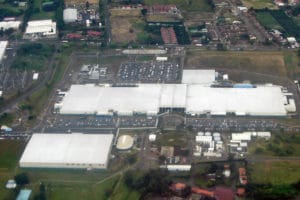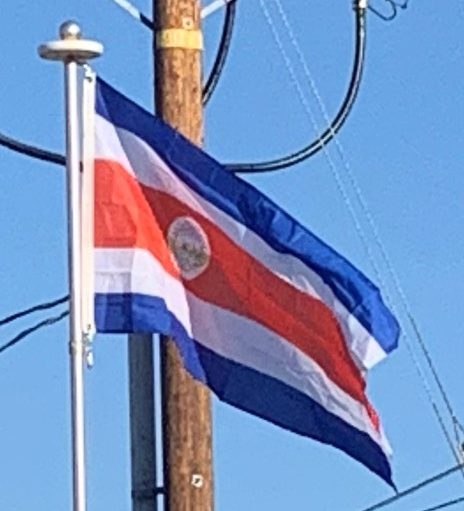
High quality health care is provided by the government at low cost to the users. Housing is also very affordable. Costa Rica is recognized in Latin America for the quality of its educational system. Because of its educational system, Costa Rica has one of the highest literacy rates in Latin America, 97%. General Basic Education is mandatory and provided without cost to the user. A US government report confirms that the country has “historically placed a high priority on education and the creation of a skilled work force” but notes that the high school drop-out rate is increasing. As well, Costa Rica would benefit from more courses in languages such as English, Portuguese, Mandarin and French and also in Science, Technology, Engineering and Math (STEM).
Costa Rica has free trade agreements with many countries, including the US. There are no significant trade barriers that would affect imports and the country has been lowering its tariffs in accordance with other Central American countries.
The central location provides access to American markets and direct ocean access to Europe and Asia. The most important exports in 2015 (in order of dollar value) were medical instruments, bananas, tropical fruits, integrated circuits and orthopedic appliances. The most significant products imported in 2015 (in order of dollar value) were refined petroleum, automobiles, packaged medications, broadcasting equipment and computers.
Pharmaceuticals, financial outsourcing, software development, and ecotourism have become the prime industries in Costa Rica’s economy. High levels of education among its residents make the country an attractive investing location. Since 1999, tourism earns more foreign exchange than the combined exports of the country’s three main cash crops: bananas and pineapples especially, but also other crops, including coffee. Coffee production played a key role in Costa Rica’s history and in 2006, was the third cash crop export. As a small country, Costa Rica now provides under 1% of the world’s coffee production. In 2015, the value of coffee exports was US$305.9 million, a small part of the total agricultural exports of US$2.7 billion. Coffee production increased by 13.7% percent in 2015-16, declined by 17.5% in 2016–17, but was expected to increase by about 15% in the subsequent year.

Costa Rica is the most-visited nation in the Central American region, with 2.9 million foreign visitors in 2016, up 10% from 2015. In 2015, the tourism sector was responsible for 5.8% of the country’s GDP, or $3.4 billion. In 2016, the highest number of tourists came from the United States, with 1,000,000 visitors, followed by Europe with 434,884 arrivals. According to Costa Rica Vacations, once tourists arrive in the country, 22% go to Tamarindo, 18% go to Arenal, 17% pass through Liberia (where the Daniel Oduber Quirós International Airport is located), 16% go to San José, the country’s capital (passing through Juan Santamaría International Airport), while 18% choose Manuel Antonio and 7% Monteverde.
By 2004, tourism was generating more revenue and foreign exchange than bananas and coffee combined. In 2016, the World Travel & Tourism Council’s estimates indicated a direct contribution to the GDP of 5.1% and 110,000 direct jobs in Costa Rica; the total number of jobs indirectly supported by tourism was 271,000.
